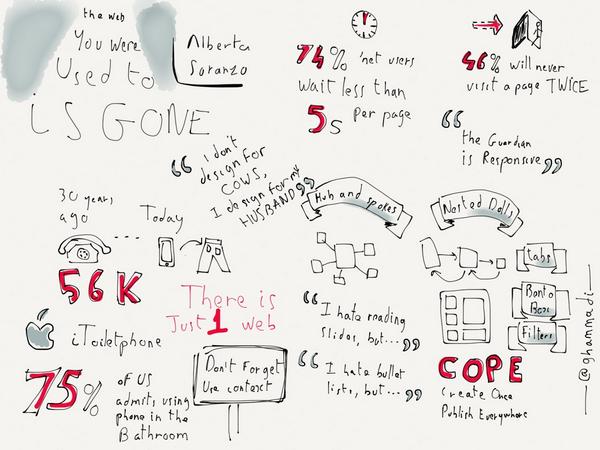The web you were used to is gone
Numbers don’t lie. The way we’re accessing the internet has changed and there’s no going back. Mobile is the platform of choice, and for millions of people worldwide it is the only option available.
Regardless of specific circumstances, if people want to do something on the web, it’s guaranteed that that they are going to want to do it on mobile – be it perform a task or find information. However, when we look at mobile products, it is embarrassingly evident that the vast majority of them are task-driven and little-to-no attention is paid to information retrieval and actual content.
All of a sudden, finding answers to questions like “Do you know what content should go on your mobile sites and apps?” and “Are your users finding what they came for?” or “How do you structure and prepare content so that it can be retrieved and displayed meaningfully on a smaller screen?” are becoming the pressing issues we must deal with if we want to continue being visible and relevant.
Enter information architecture and content strategy. They are the foundation of any website but, when it comes to the mobile arena, they can literally mean life or death.
That’s not to say that design, interface and interactions aren’t important, but he truth is that even the best-designed and well-engineered mobile products can still fail if their IA is not sound, and that’s because information architecture doesn’t only define the structure of content, but also determines how users will interact with it.
In this talk we will take a look under the hood and learn how to structure content to make it adaptive, how to organize it to make it findable, what the specific challenges and opportunities of the mobile space are and how information architecture and content strategy contribute to the creation of outstanding mobile experiences that integrate seamlessly in a true cross-channel strategy.
